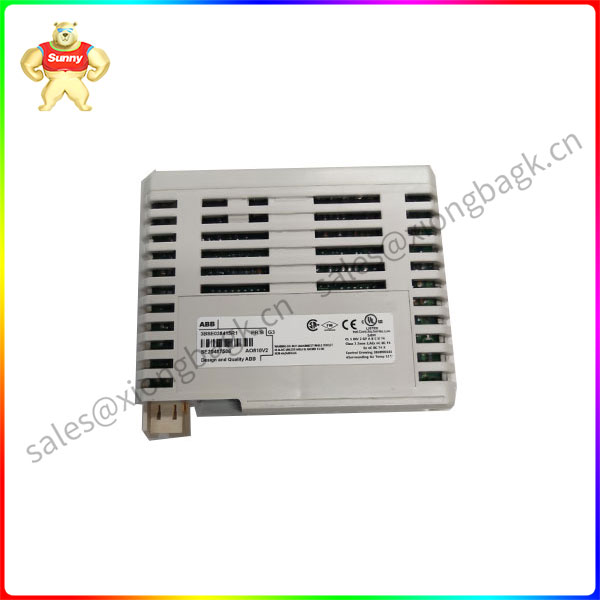Beijing Zhongsheng Xinneng Technology Co., Ltd. (hereinafter referred to as Zhongsheng Xinneng), a system integration enterprise specializing in testing, measurement, and control, announced that its self-developed high-speed motor test bench with a speed of over 25000 rpm has won the bid from multiple military and aerospace research institutes, as well as new energy vehicle main engine factories and component enterprises. The successfully delivered project has received widespread praise from customers. The high-speed motor test bench is mainly used for type testing of various types of motors such as asynchronous, synchronous, variable frequency, servo permanent magnet synchronous, etc. It is one of the essential equipment for the main engine factory. At present, in passenger car applications, the 25000 RPM test bench has become the mainstream electric drive testing equipment in the new energy vehicle industry, and the 33000 RPM equipment has also begun to be put on the agenda.
For many years, high-speed motor test benches have been monopolized by foreign manufacturers, and various problems with foreign equipment have emerged one after another, becoming a problem that host manufacturers urgently need to solve.

The test bench system developed by the company consists of a power zone, a testing zone, and a monitoring zone. The power zone mainly consists of three frequency converters, braking resistors (used to consume the capacity of permanent magnet synchronous motors after sudden power outages), power cabinets, and monitoring sensors; The experimental area is mainly composed of driving units, measuring sensors, loading units, cooling systems, and executing mechanisms; The monitoring area mainly consists of the main control computer, electrical control cabinet, etc. The power zone provides electrical energy for the driving motor, and at the same time, the electrical energy generated by the loading motor is fed back to the driving motor through a common DC bus to save a lot of electrical energy. In addition, temperature sensors are installed in the frequency conversion cabinet to monitor the temperature inside the cabinet. Once the monitoring sensor in the power area monitors the alarm signal, it immediately displays on the monitoring industrial computer. Both the frequency converter and the main control system use real-time Ethernet communication, which has a much faster response speed than other communication methods.
The powertrain test is powered by a battery simulator for the tested assembly, and the electrical energy generated by loading the wheel dynamometer is fed back to the power grid through inverter. The high-speed motor test is powered by a battery simulator, and the electrical energy generated by the high-speed dynamometer is inverted by a frequency converter and fed back to the power grid.
The test area is used for the testing of the test piece, where the driving motor provides input power for the test transmission box and simulates engine characteristics. The loading motor is used to simulate load input. The parameters of the test piece are collected by sensors and transmitted to the monitoring computer through a bus for processing and display. The monitoring sensors in the experimental area include sensors for pressure, temperature, torque, speed, vibration, etc. Users can set them in the software based on the type of sensor.
The data monitoring area is used to control and monitor various subsystems in the power area and experimental area. The main control computer controls the frequency converter through the Ethercat bus to control the motor. The monitoring computer collects data from various sensors through a data acquisition system and transmits the data required by the main control system to the main control computer in real time to form a closed-loop control.
 中文版
中文版




